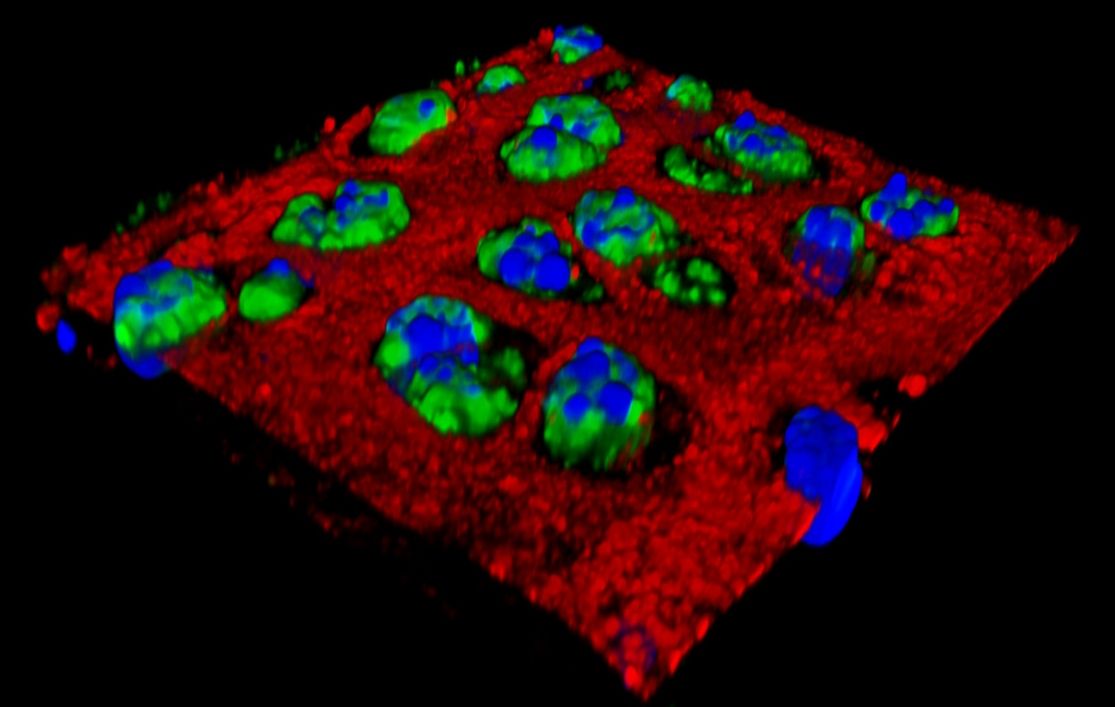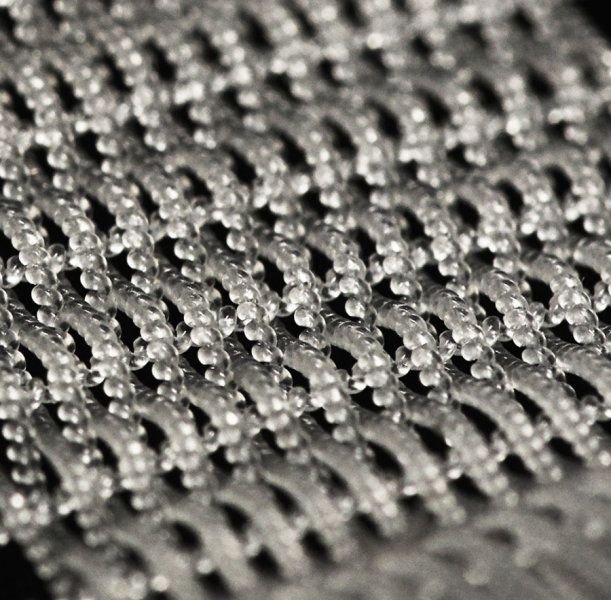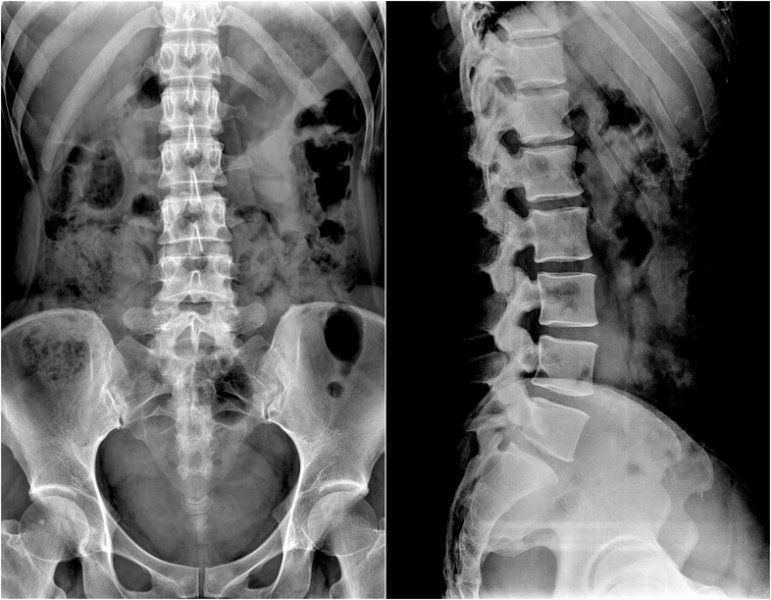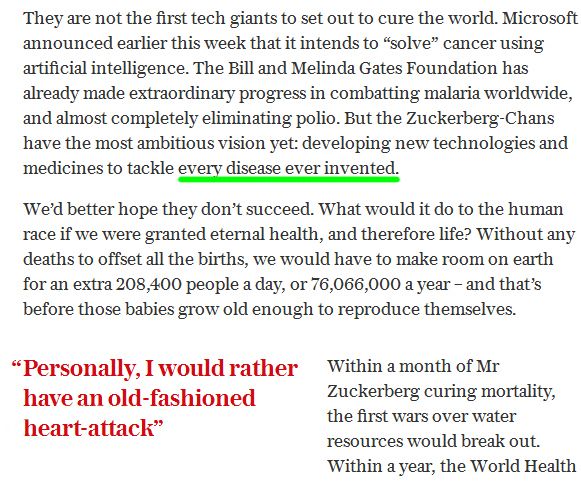Sep 27, 2016
Nanoparticle injections may be future of osteoarthritis treatment
Posted by Dan Kummer in categories: biotech/medical, futurism
Osteoarthritis is a debilitating condition that affects at least 27 million people in the United States, and at least 12 percent of osteoarthritis cases stem from earlier injuries. Over-the-counter painkillers, such as anti-inflammatory drugs, help reduce pain but do not stop unrelenting cartilage destruction. Consequently, pain related to the condition only gets worse.
Now, researchers at Washington University School of Medicine in St. Louis have shown that they can inject nanoparticles into injured joints in mice and suppress inflammation immediately following an injury, reducing the destruction of cartilage.
The findings are reported online Sept. 26 in the early edition of the Proceedings of the National Academy of Sciences.
Continue reading “Nanoparticle injections may be future of osteoarthritis treatment” »


















